Israel's most wanted man: Who is Mohammed Deif, the military commander behind Hamas' attack
Mohammed Deif is said to be the designer of the Qassam rocket, of which more than 3,000 were fired into Israel during the deadliest incursion into Israeli territory since the Yom Kippur War 50 years ago.
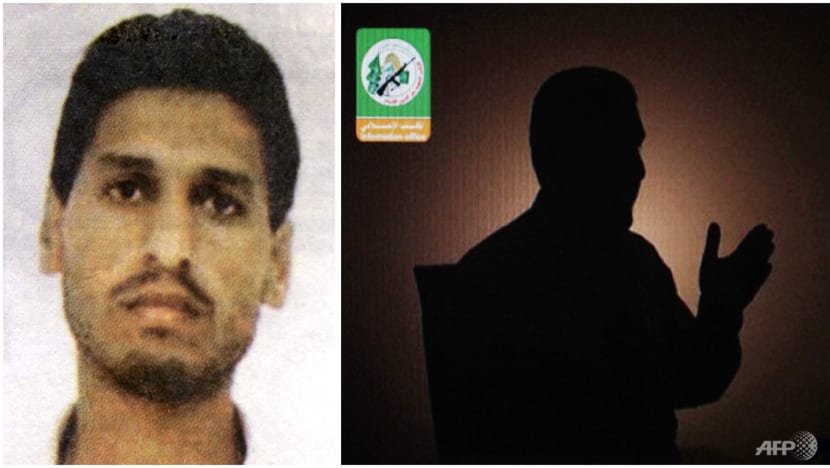
An undated photo of Palestinian militant group Hamas military commander Mohammed Deif, and his silhouette taken from a video published on Aug 27, 2005. (Images: AFP/Ho)
SINGAPORE: Mohammed Deif has made just three statements in the past nine years. He has not appeared in public in nearly three decades. Only two undated grainy photos exist - the others either show him covered in a Palestinian keffiyeh or bear his silhouette.
But to Israel, there was no mistaking the voice behind the video recording that was released within hours of Saturday’s (Oct 7) attack by Hamas - the deadliest incursion into Israeli territory since the Yom Kippur War 50 years ago.
The death toll has been mounting since Israel's total siege on Gaza in response to the Palestinian militant group's latest attack, with the number of dead crossing 1,500 on both sides.
Thousands more have been wounded, and scores of Israelis are being held captive by Hamas and Islamic Jihad.
“In light of the continuing crimes against our people, in light of the orgy of occupation and its denial of international laws and resolutions, and in light of American and Western support, we’ve decided to put an end to all this, so that the enemy understands that he can no longer revel without being held to account,” said the speaker in the video.
Calling the attack “Operation Al-Aqsa Storm”, he also referenced the “16-year blockade of Gaza, the Israeli occupation and a series of recent incidents that have brought Israeli-Palestinian tensions to a fever pitch”.
The message was all too familiar, with the voice purportedly belonging to Deif, the commander of Hamas' military wing Izz el-Deen al-Qassam Brigades, and the reported mastermind of numerous attacks against Israel over the years.
Who exactly is the man Israel has tried to hunt down for decades and how did he become Hamas' most feared operator?
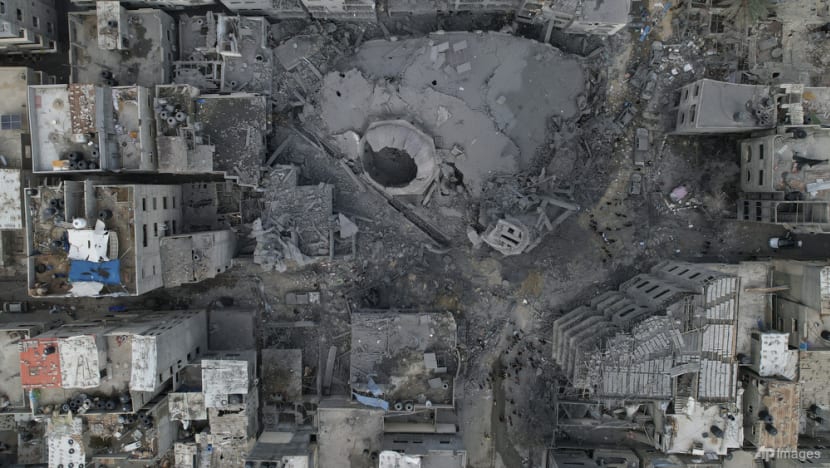
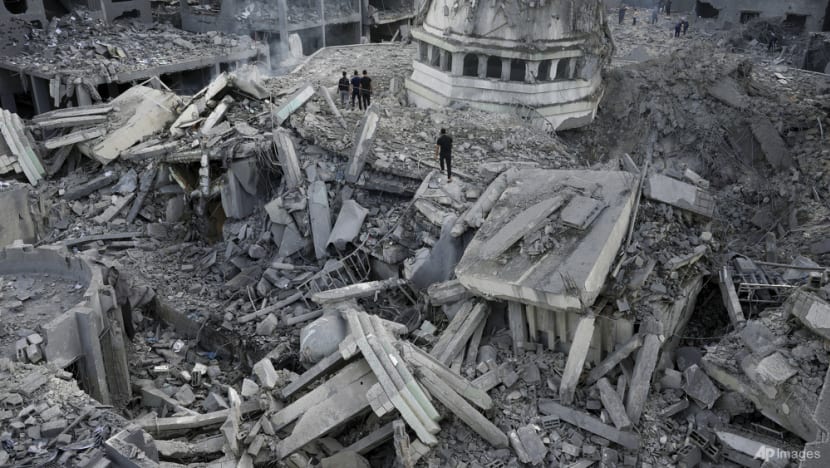
PROTEGE OF FEARED HAMAS BOMBMAKER
Little is publicly known about Deif, who has worked in the shadows for years and goes by an assumed name.
Deif means “guest” in Arabic and refers to the practice of Palestinian militants moving from place to place to avoid being picked up by Israeli intelligence.
Born Mohammed Diab Ibrahim al-Masri sometime in the 1960s, Deif grew up in the Palestinian refugee camp of Khan Younis in Gaza and came from a poverty-stricken family, according to the Arabic newspaper Asharq Al-Awsat. He had to temporarily leave school to help out his family financially, holding several jobs from driving to working at a poultry farm and as an upholsterer.
Gaza was then under Egyptian control, and an Israeli official familiar with Deif's file told The Financial Times that back in the 1950s, either his uncle or father had taken part in occasional raids by armed Palestinians into the same swath of land that was infiltrated on Saturday.
When Hamas was formed in the late 1980s to combat Israel’s then-occupation of Gaza, Deif was already in his 20s. The Asharq Al-Awsat daily said that Deif joined Hamas at the end of 1987, before returning to school and earning his degree in 1988 after graduating from the Islamic University of Gaza.
He then fully committed himself to Hamas' cause of "destroying Israel with warfare and installing a Palestinian state", quickly rising through the group's ranks as the protege of chief bombmaker Yehya Ayyash, also known as "The Engineer".
Ayyash was blamed for a series of deadly bus bombings in Israel in the early 1990s. After his assassination by Israel in 1996, more bus bombings followed. Deif was then accused of masterminding the attacks in revenge, along with numerous others on Israelis.
He is said to be involved in the creation of Hamas' first rudimentary rockets and has been credited with designing the Qassam rocket, of more than 3,000 were fired on Saturday alone. Hamas’ rocket arsenal is now in the tens of thousands, according to The Financial Times.
In 2021, Hamas deployed swarms of rockets in an attempt to overwhelm Israel’s air defence system, which nearly ran out of munitions before a truce was brokered, demonstrating Deif's "ability to constantly evolve alongside the Israeli military’s technological achievements", the newspaper added.
He is also understood to be the man behind the swath of tunnels beneath Gaza, which are used to smuggle weapons, fuel and other goods across from Egypt, and is thought to spend most of his time in these tunnels, evading Israel's military and directing Hamas operations, hidden from view, the BBC reported.
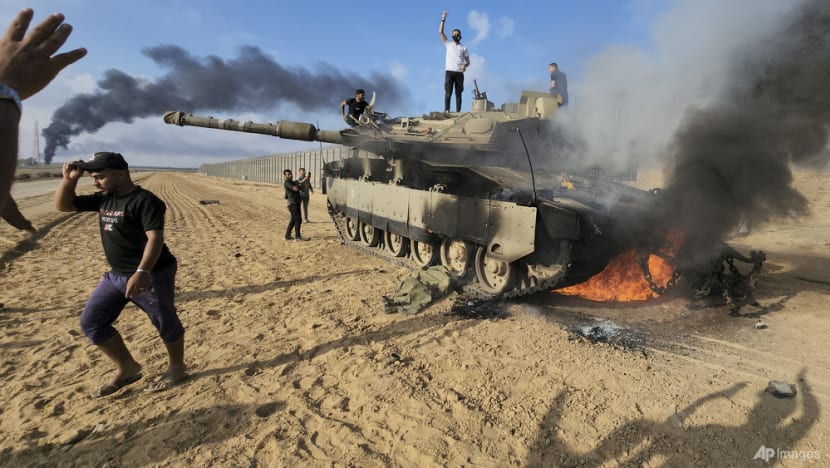
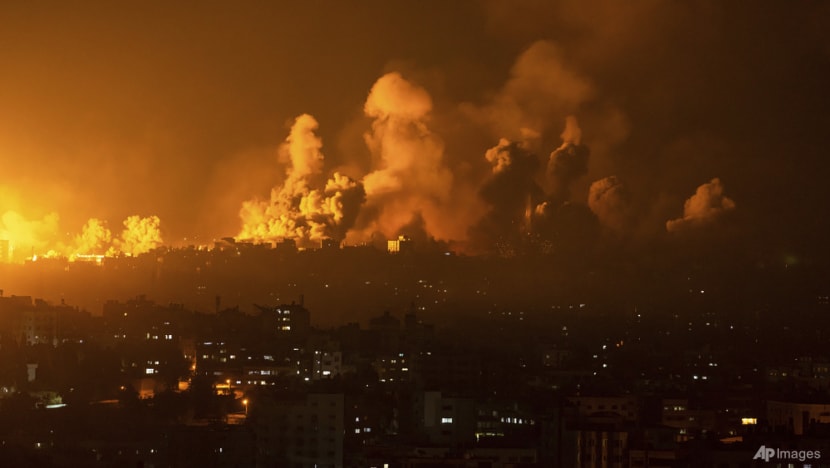
EVADING MULTIPLE ASSASSINATION ATTEMPTS
According to Asharq Al-Awsat, few know Deif, Hamas' military commander since 2002, except for his family and a handful of group members. The whereabouts of the man Israel has been hunting for decades and who heads its most wanted list remains shrouded in mystery.
When asked, Gaza residents told the newspaper that "if we had looked at him, we would not have known him".
Israel has reportedly tried to kill Deif at least five times - the most recent coming in May 2021, said British tabloid The Daily Mail.
Deif was almost killed in an air strike 20 years ago that was said to cost him two limbs and left him in a wheelchair. But his ability to not only stay alive but remain one step ahead of Israel’s military has won him the reverence of fellow Palestinian militants.
“Even before this, Deif was like a sacred personality and very much respected both within Hamas and by the Palestinians,” said Mkhaimar Abusada, a professor of politics at Al-Azhar University in Gaza, told The Financial Times. His biggest operation against Israel will have now turned him into a figure “like a god to the young”, he added.
WHAT DOES DEIF HOPE TO ACHIEVE
"This is the day of the greatest battle to end the last occupation on earth," Deif said in Saturday's video, announcing the start of Hamas' deadliest operation and calling on Palestinians everywhere to fight.
He is said to have no interest in making peace with Israel, with an article in 2010 outlining his thoughts. “Palestine will remain ours including Al Quds (Jerusalem), Al Aqsa (mosque), its towns and villages from the (Mediterranean) Sea to the (Jordan) River, from its north to its south. You (Israel) have no right to even an inch of it,” wrote Deif, as quoted by the TRT Afrika website.
According to The Financial Times report, Deif "views the Oslo Accords, which in the late 1990s briefly held the promise of a negotiated peace settlement with Israel, as a betrayal of its resistance and the original goal to replace Israel with a Palestinian state".
Signed in 1993, the Oslo Accords granted the Palestinian Liberation Organization (PLO) partial civil control of the West Bank and the Gaza Strip. The PLO remains in charge of some parts of the West Bank but the Gaza Strip has been under Hamas' control since 2007.
“Deif has tried to start the second war of Israeli independence,” Eyal Rosen, a colonel in the Israeli army’s reserves, told The Financial Times “The main goal is - by steps - to destroy Israel. This is one of the first steps - this is just the beginning."
WHAT COULD COME NEXT
Hamas has called on "resistance fighters" in the West Bank and in other Arab nations to join its latest operation, launched half a century after the 1973 Arab-Israel war.
While there is no indication yet that the assault, which began in Gaza, has spread to the West Bank and Jerusalem, as hoped by Hamas leader Ismail Haniyeh, there are fears Iran-backed Shiite militant movement Hezbollah could be pulled into the conflict.
Hezbollah has said it had fired on Israeli positions in the contested Shebaa Farms border area, "in solidarity" with Hamas.
The Israeli military said on Monday it had called up an unprecedented 300,000 reservists and was imposing a total blockade of the Gaza Strip, in a sign it may be planning a ground assault in response to the devastating weekend attack by Hamas gunmen.
This would mark a major escalation of violence - the last Israeli ground offensive into Gaza was in 2014 - but the Israeli military is set to respond with force.
“This terrorist action has finished this practice forever,” an Israeli official told The Financial Times on Saturday’s assault, referring to previous smaller attacks against Israel as Hamas' practice. “Now there will be no truce, only retaliation.”














